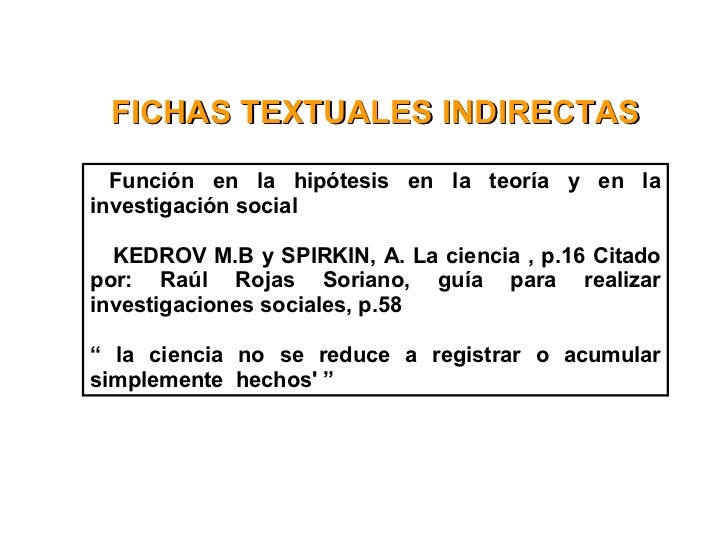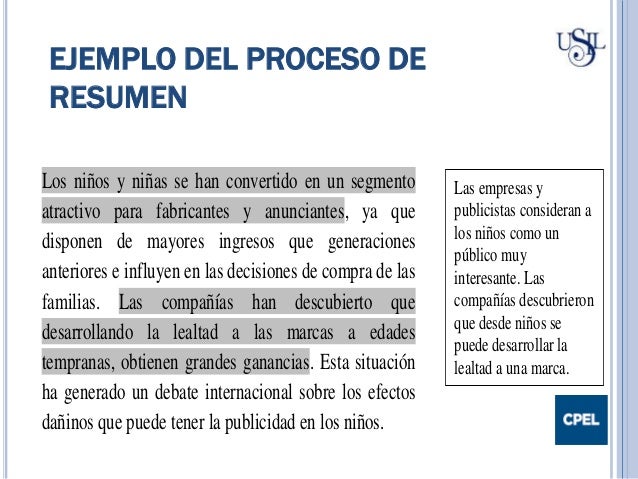

Oral planned presentation in groups, with delivery of the script (35%).įinal written test to assess knowledge (30%).Īdragão, J.V. Yet another testimony relates to the monitoring tutorial that will take place in the presence and also the support from a distance, through the Moodle platform. The fact that the starting point be verified in the communicative needs of students and / or identified by them, as well as focus on developing skills of problem solving, analysis and synthesis, to exercise critical thinking and autonomy are testimony. Answer in pairs to exercises aiming (a) inference of knowledge, (b) application of knowledge to new situations and (c) systematization of knowledge acquired, followed by plenary discussion of collective results.ĭemonstration of the teaching methodologies coherence with the curricular unit's intended learning outcomes Presentation by the teacher, interacting with slides in visual language and spontaneous interventions by the students. The unit aims to be a place of learning and reflection on the Portuguese language as an object of study, not so much as an autonomous object, but as production and comprehension of texts, and because the practice involves textual situations of language use oral and written educational opportunities to create, through the understanding and production of various types of texts are potentiating the development of communication skills of students.

Phonological, morphological, syntactic, semantic and pragmatic aspects Spelling, punctuation and accentuationĭemonstration of the syllabus coherence with the UC intended learning outcomes Structure and functioning of the language: critical zones Summary of the history of the Portuguese languageģ. Language (langage), languages (langue), speech Synchrony and diachronyĬurrent varieties of Portuguese and its use contexts The Portuguese language as an instrument of cognition and communication Contexts and communicative needs Question the historical, social and cultural reality based on linguistic data ġ. Share publicly doubts, views, arguments and opinions ĭevelop the ability to deliver tasks timely and autonomously Produce oral and written texts of different types Systematize knowledge about the structure and functioning of the Portuguese language Īnalyze and recognize graphic, structural, intertextual and paratextual features of different types of continuous and discontinuous verbal texts and visual texts Systematize the fundamental principles of human language and its study Use correctly instruments of collection and systematization of linguistic information Integrate the use of Portuguese in the Portuguese¬speaking countries and world contexts Portuguese Intended learning outcomes (Knowledges, skills and competencies to be developed by the students)ĭiagnose the diversity of language practices in the community(s) Mariana Abrantes de Oliveira Pinto Alte da Veiga IPS_ESE - Language and Textual Practice Language and Textual Practice Ficha de unidade curricular - Ano letivo 2017/2018 Code:


 0 kommentar(er)
0 kommentar(er)
